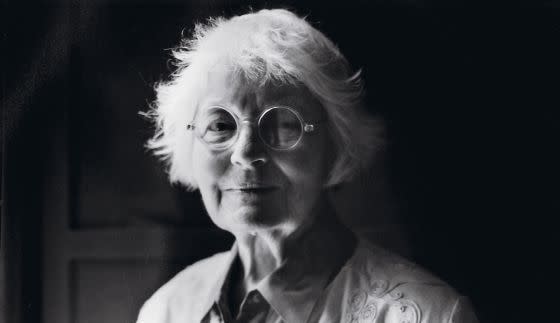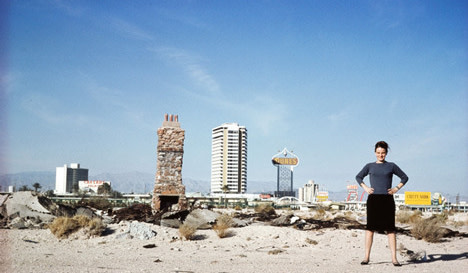Architecture by the 50%

Denise Scott Brown.
Susan Faludi published her bestseller, Backlash: the Undeclared War Against American Women, in 1991. That same year, Philadelphia architect Robert Venturi won the Pritzker Prize for Architecture. He famously practiced in what he described as an equal partnership with Denise Scott Brown, another architect who also happened to be his partner in marriage. He got the award; she did not. The Pritzker awards committee seemed to be confirming the thesis of Faludi’s book.
Will the backlash ever end? Certainly it’s abated, and there are more women in architecture than ever. Portland is a good example of this. Our local chapter of the American Institute of Architects can boast a woman as its current President-elect (Stefee Knudsen, THA) and past-president (Stefanie Becker, HDR). Thus in its Board of Directors leadership ranks, nine members are men, four are women. That’s a 30% ratio of women in leadership. (OK then. It's a start, right?)

Architect Denise Scott Brown and Las Vegas, from which she and architect husband and partner Robert Venturi famously learned much. The 1966 photo is from Venturi Scott Brown & Associates, Inc. They published the book "Learning From Las Vegas" with Steven Izenour in 1972.
But a recent movement to bestow upon Scott Brown a retrospective, official “recognition” of her importance to Venturi’s already award-winning work was met last week with an official “no” by the Pritzker committee. 22 years after Backlash, they confirmed their decision that he alone, not she as well, deserved the award.
Arielle Assouline-Lichten and Caroline James, two architecture graduate students at Harvard, took up the long-standing controversy of awarding Venturi the prize as a solo practitioner when they began a petition to recognize Scott Brown’s achievement. The two grad students were responding to Scott Brown’s mention of the omission at a lecture she gave in March. Scott Brown “called for Pritzker to ‘salute the notion of joint creativity’ and retrospectively acknowledge her role in Robert Venturi’s 1991 Pritzker Prize.” She suggested a “Pritzker inclusion ceremony.”
The grad students decided to start a petition asking the Pritzker committee to do what Scott Brown was modestly requesting. The petition garnered more than 18,000 signatures, including many high profile architects. Nine were former Pritzker winners. Venturi wrote in (though he is in ill health), “Denise Scott Brown is my inspiring and equal partner.” Last year’s winner, Wang Shu, signed on; interestingly, his wife and design partner, Lu Wenyu, was also left off the award (perhaps the Pritzker prides itself in consistency?).
Here’s the change.org website for the petition and supporters’ statements. Many of the comments are poignant and interesting.
The Pritzker Prize was first awarded in 1979, and has gone to 35 men and two women (here are the winners). Zaha Hadid was the first female winner, in 2004. The other woman, Kazuyo Sejima, shared the 2010 award with her male architect partner, Ryue Nishizawa. One other year, 2001, saw the award go to a partnership, when Jacques Herzog and Pierre de Meuron shared for their firm’s work. This year's winner was Japanese architect Toyo Ito, for whom Sejima had worked years ago.
There is more to equality than simple numbers, but the numbers are instructive. Who are the women architects in Portland? There are many, and the numbers are improving, but we have a long way to go. Nationally, a 2012 AIA poll found that 16% of AIA members are female, compared to 49% of architecture students and 39% of interns. Clearly, more women than men drop out somewhere along the line. Only 17% of firm principals or partners are female. Are the numbers in Portland any different?




